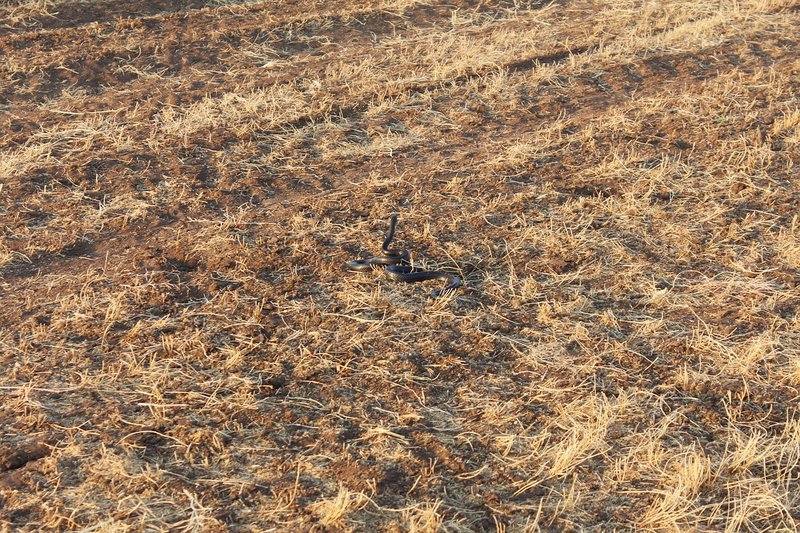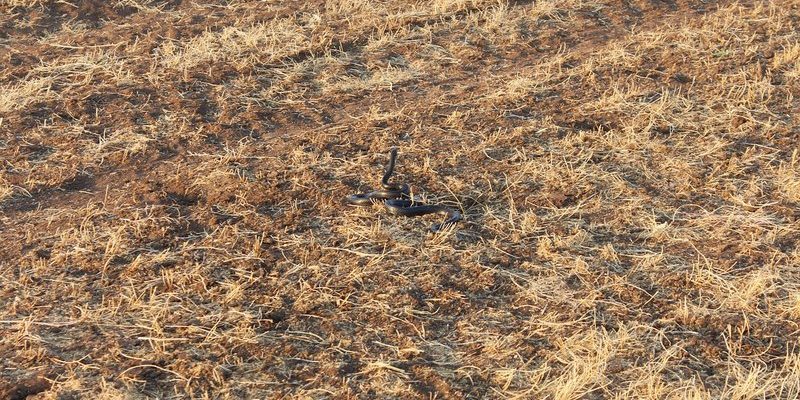
Think of snake identification as being similar to learning to recognize different breeds of dogs. Just as you might notice a fluffy Golden Retriever from a wiry Jack Russell, each snake has its own unique traits and behaviors. You’ll learn to look for hints like patterns, colors, and sizes. Plus, understanding the local snake species will not only enhance your outdoor adventures but also help you appreciate these incredible creatures, whether they’re slithering silently through the grass or basking on a sun-soaked rock. So let’s dive into the world of snakes and explore how to identify them in the wild.
Know Your Local Snake Species
Before you set off on your snake-spotting journey, it’s essential to know which species live in your area. Different regions host different types of snakes, each with their own unique features. For instance, if you’re in North America, you might encounter the harmless Garter Snake or the more venomous Copperhead. Researching beforehand gives you a good foundation. A helpful resource could be a local field guide or even a smartphone app that identifies reptiles based on your location.
Take the time to familiarize yourself with the most common local snakes. You might want to keep a simple list, perhaps noting down characteristics like color, size, and habitat. Being aware of the snakes in your area not only makes identification easier but also helps you understand their behavior and role in the ecosystem. And honestly, it’s pretty cool to know what’s out there while you’re hiking or exploring.
Observe the Color and Patterns
When trying to identify a snake, your first step is to take note of its color and patterns. Snakes can range from solid colors to intricate designs that help them blend into their environment. For instance, the vibrant green of a Rough Green Snake allows it to disappear among the leaves. Meanwhile, the banded pattern of a Coral Snake can be a warning sign of venom.
Look for things like stripes, spots, or speckling. These visual clues are often the first hints towards identifying the species. A little tip: if you see a snake in a shaded area or near a water source, the patterns might be less visible. So, take a step back and appreciate the overall shape and color first. Think of it as painting a picture in your mind. Each detail is essential to help you create an accurate image of what you’re observing.
Check the Size and Shape
The size and shape of the snake can also provide valuable clues. Are you looking at a small, slender snake, or is it a thick, hefty one? The average size can vary widely, so getting a good comparative sense can help. For example, the Eastern Diamondback Rattlesnake can be quite large, reaching up to 8 feet long, while a small Garden Snake may only stretch out to a foot or two.
Additionally, pay attention to the snake’s shape. Some snakes like the Corn Snake have a more cylindrical body, while others like the Boa Constrictor have a thicker, more muscular appearance. Understanding these body types can assist in making a more accurate identification. Plus, the overall shape might tell you a bit about the snake’s behavior; some are more arboreal, while others prefer life on the ground.
Look for Distinct Features
Every snake has unique features that can set it apart. This includes things like head shape, tail length, and eye characteristics. For instance, some venomous snakes have a triangular head and slit-like pupils, while non-venomous varieties typically have a rounded head and round pupils. These details can be crucial for safe identification, especially if you’re trying to determine if a snake might be venomous.
Another interesting feature to observe is the tail. Some snakes have distinctive tails that can make them easier to identify. The rattles on a Rattlesnake’s tail are an obvious example. Always remember to keep a safe distance. Getting too close for a detailed look isn’t worth the risk. Instead, use binoculars or a camera with a zoom to stay safe while you observe.
Understand the Habitat and Behavior
Where a snake is found can also help you determine its species. Different snakes prefer different habitats—some love the water, while others thrive in dry, rocky areas. If you find a snake near a creek or pond, it could likely be a Water Snake. Conversely, if it’s basking on a sunlit rock, it might be a Gopher Snake.
Take a moment to consider the time of day too; many snakes are more active during certain times. For example, some species are nocturnal, meaning they hunt at night and rest during the day. Understanding these behaviors can help you spot snakes more effectively. Imagine yourself as a nature detective, piecing together clues about where each species prefers to live and how they act.
Use Reliable Resources
Having reliable resources can be a game-changer when learning to identify snakes in the wild. Books, websites, and apps focused on herpetology (the study of reptiles and amphibians) can provide excellent insights. Some apps even let you upload a photo and get instant feedback on what kind of snake you might be looking at. Isn’t technology neat?
Consider checking local wildlife organizations or nature centers too. They often offer workshops or guided walks that can deepen your understanding. By learning from experts, you not only gain knowledge but also meet others who share your interest in nature. Plus, who doesn’t love a group hike filled with new adventures?
Staying Safe While Observing Snakes
While identifying snakes can be thrilling, safety should always come first. Always give snakes plenty of space. Even a harmless snake can bite if it feels threatened. If you’re hiking in snake-heavy areas, wear boots and long pants for added protection. Keeping your eyes peeled and being aware of your surroundings can prevent accidental encounters.
If you do come across a snake, resist the urge to touch or provoke it. Instead, observe from a distance and appreciate its beauty. If you’re interested in capturing a picture, ensure you have a zoom lens or simply use your phone. Snakes are better appreciated in their natural habitat, undisturbed and free to slither away if they wish.
Identifying a snake in the wild can be a rewarding experience, turning a simple walk into an exciting adventure. By paying attention to colors, sizes, patterns, and behaviors, you’ll sharpen your observational skills and connect more deeply with nature. Remember, knowledge is key—so take the time to learn about local species and their habitats.
And when you’re out there, be patient and respectful. Snakes play an important role in our ecosystems, and understanding them better can foster a deeper appreciation for wildlife as a whole. So grab those binoculars, head outdoors, and enjoy every moment spent in the wild! Happy snake spotting!

